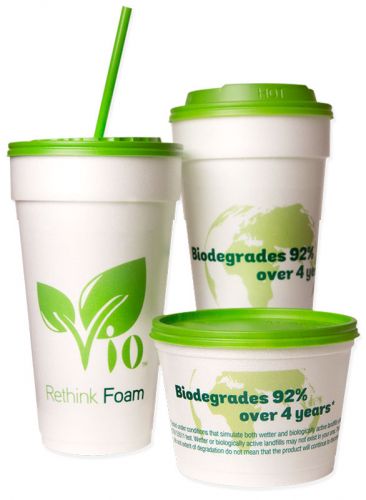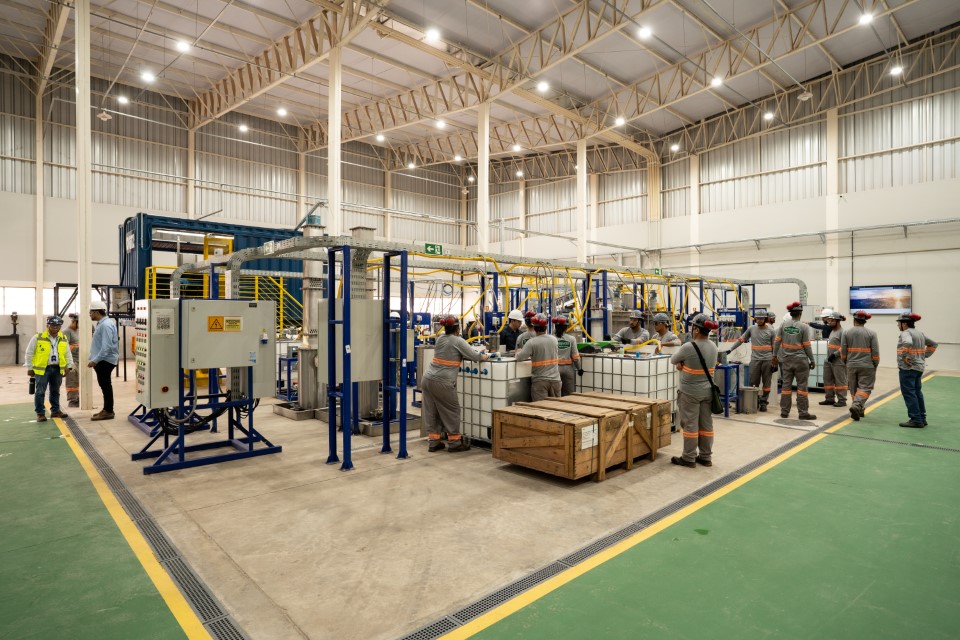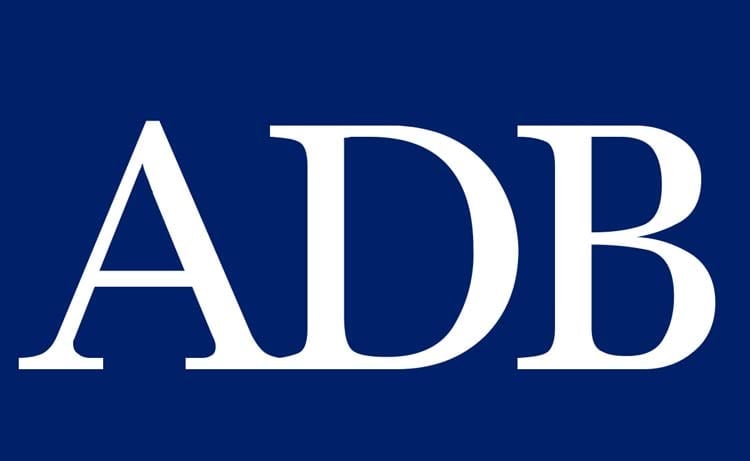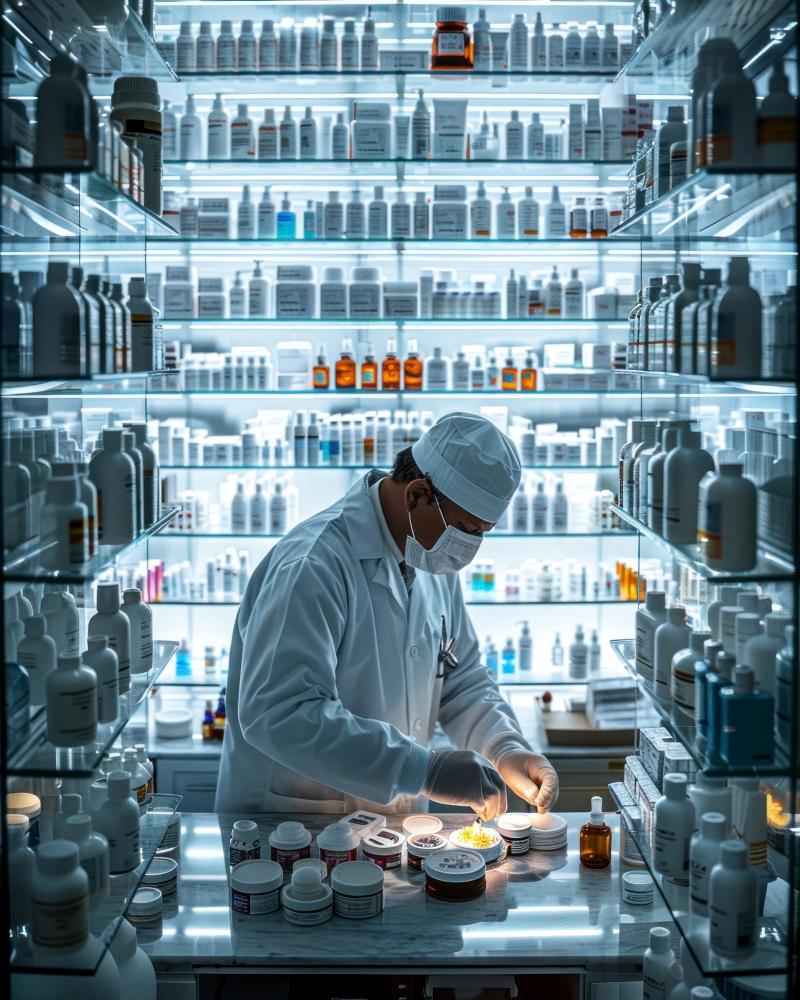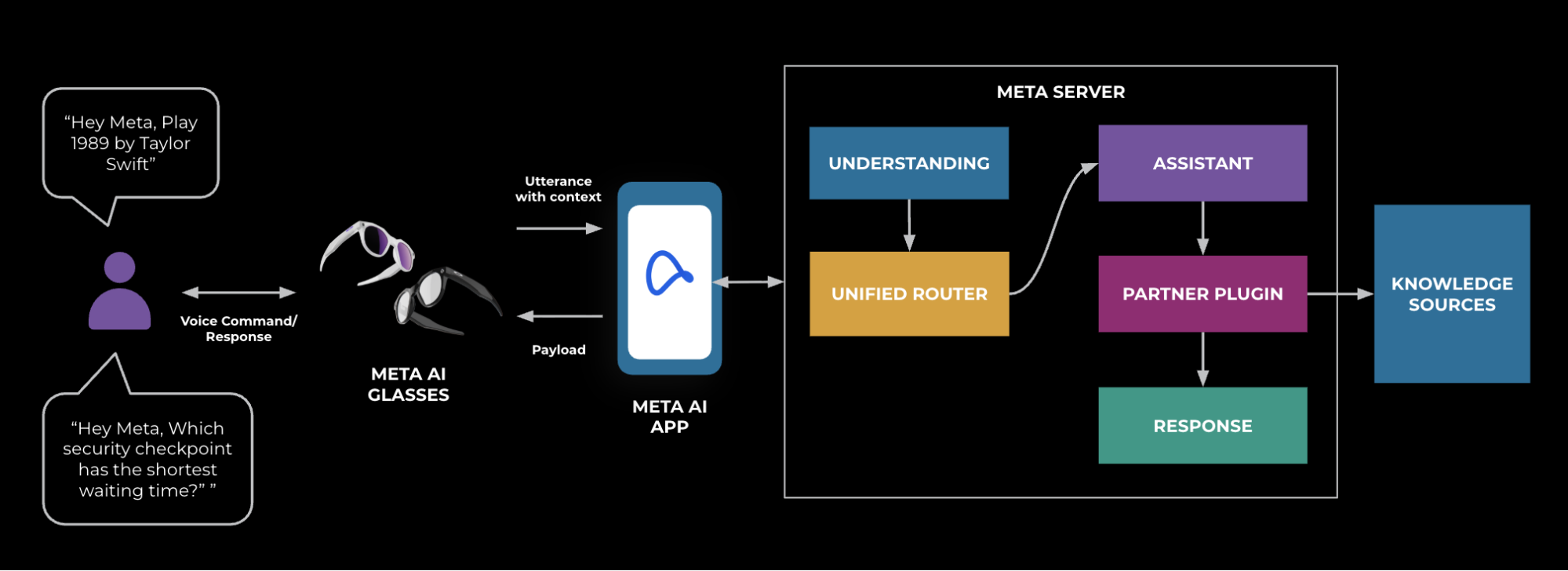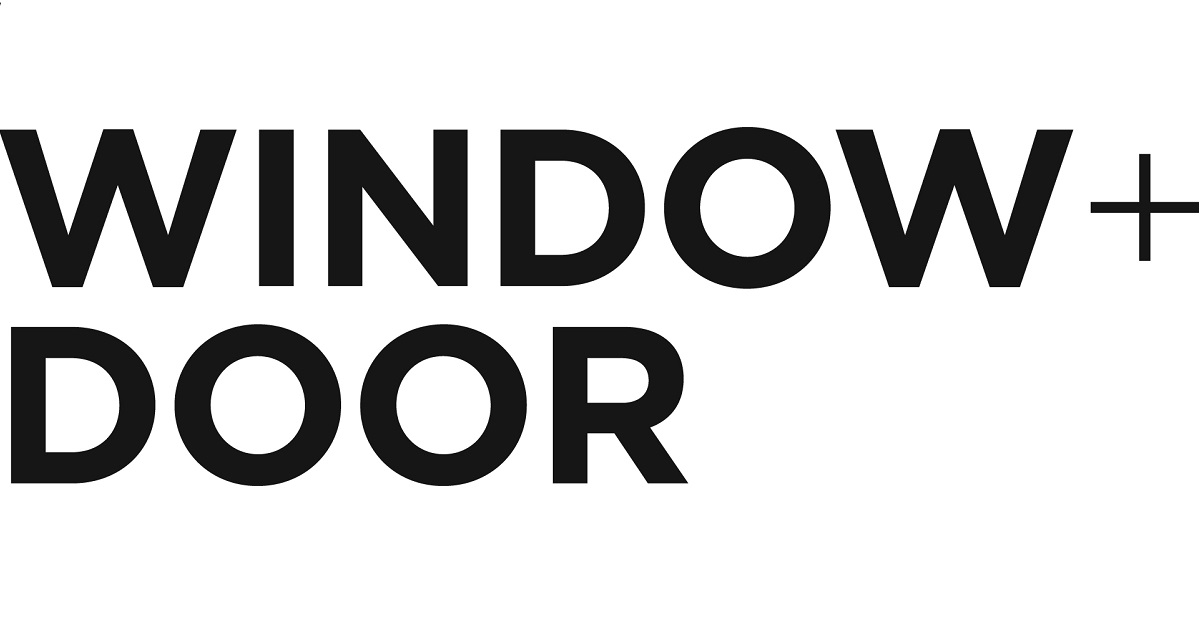Report on WinCup Inc.’s Acquisition of ConverPack Inc. and its Alignment with Sustainable Development Goals
1.0 Executive Summary
WinCup, Inc., a manufacturer of disposable foodservice products, has acquired ConverPack Inc., a global producer of paper cups. This strategic acquisition is intended to significantly advance WinCup’s corporate sustainability objectives, primarily by expanding the production of its innovative, environmentally friendly product lines. The move directly supports several United Nations Sustainable Development Goals (SDGs), including those related to responsible production, marine and terrestrial life, and industrial innovation.
2.0 Acquisition Details and Strategic Objectives
The acquisition enhances WinCup’s manufacturing capabilities, particularly at its facility in Tolleson, Arizona. The primary strategic drivers for this corporate action include:
- Strengthening WinCup’s competitive position within the $3 billion annual paper cup market.
- Increasing production capacity for the phade® line of PHA-coated paper cups, which are designed as plastic-free alternatives.
- Meeting growing consumer and market demand for sustainable foodservice products.
3.0 Contribution to Sustainable Development Goals (SDGs)
The acquisition and subsequent operational focus demonstrate a strong commitment to key SDGs.
3.1 SDG 12: Responsible Consumption and Production
The core of the strategy aligns with ensuring sustainable consumption and production patterns.
- Sustainable Product Innovation: The expansion of the phade® line promotes a shift away from traditional single-use plastics towards materials that are biodegradable and compostable.
- Waste Reduction: The phade® cups are designed to degrade in months, contributing to a circular economy model by returning to the earth in most environments and reducing landfill burden.
- Corporate Responsibility: The acquisition is framed by WinCup’s CEO, Brad Laporte, as a strategic move to “remain environmentally focused through innovation.” This is further supported by the environmental stewardship principles of its parent investment firm, Atar Capital.
3.2 SDG 14: Life Below Water & SDG 15: Life on Land
The material science of the phade® product line directly addresses the protection of marine and terrestrial ecosystems.
- Marine Biodegradability: The product is explicitly marketed as “marine biodegradable,” offering a solution to mitigate the harmful impact of plastic pollution on marine life (SDG 14).
- Compostability: The cups are certified for both home and industrial composting, preventing plastic waste from contaminating terrestrial ecosystems (SDG 15).
3.3 SDG 9: Industry, Innovation, and Infrastructure
The investment in expanded production capabilities reflects a commitment to building resilient infrastructure and fostering sustainable industrialization.
- Fostering Innovation: The acquisition scales up the production of an innovative material (PHA coating) as a viable, eco-friendly alternative in the foodservice industry.
- Sustainable Industrialization: As noted by the Arizona Manufacturers Council, the move demonstrates that “environmental responsibility and industrial competitiveness can go hand in hand,” promoting a model for sustainable manufacturing.
- Infrastructure Investment: The expansion of the Tolleson, Arizona manufacturing facility represents a direct investment in industrial infrastructure.
4.0 Conclusion
WinCup’s acquisition of ConverPack is a significant corporate action that integrates business growth with a clear commitment to sustainability. By scaling the production of its phade® line, the company actively contributes to achieving critical Sustainable Development Goals, particularly SDG 9, SDG 12, SDG 14, and SDG 15. This positions WinCup as a leader in the development and manufacturing of environmentally responsible foodservice products.
1. Which SDGs are addressed or connected to the issues highlighted in the article?
-
SDG 9: Industry, Innovation, and Infrastructure
The article highlights WinCup’s innovation in creating sustainable products like the phade line of PHA-coated paper cups. The acquisition of ConverPack and the expansion of its manufacturing plant in Tolleson, Arizona, represent an investment in sustainable industrial infrastructure and technology.
-
SDG 12: Responsible Consumption and Production
The core theme is the shift from traditional foam and plastic-lined cups to more sustainable alternatives. By manufacturing and promoting biodegradable and compostable products, WinCup is advancing sustainable production patterns and providing consumers with more responsible choices, thereby helping to reduce waste generation.
-
SDG 14: Life Below Water
The article explicitly mentions that the phade cups are “marine biodegradable.” This directly addresses the global issue of plastic pollution in oceans, which is a primary focus of SDG 14. The product is designed to break down in marine environments, mitigating the harm caused by conventional disposable products.
2. What specific targets under those SDGs can be identified based on the article’s content?
-
Target 9.4: Upgrade infrastructure and retrofit industries to make them sustainable
WinCup’s acquisition of ConverPack is a strategic move to “vastly expand hot and cold cup production” and specifically “grow our phade® line of PHA-coated paper cups.” This action represents a retrofitting of industrial capacity to focus on sustainable, “plastic-free alternatives,” aligning with the goal of making industries more sustainable.
-
Target 12.5: By 2030, substantially reduce waste generation through prevention, reduction, recycling and reuse
The article focuses on the creation of products that are “home- and industrial-compostable” and “degrade in a matter of months.” This is a direct strategy for waste reduction, as these products are designed to return to the earth rather than persist in landfills or as environmental pollutants, unlike traditional foam or plastic-lined cups.
-
Target 14.1: By 2025, prevent and significantly reduce marine pollution of all kinds, in particular from land-based activities, including marine debris
The key feature of the phade cup is that it is “marine biodegradable.” This innovation is a direct response to the problem of marine debris originating from land-based activities. By creating a disposable cup that breaks down in marine environments, the company is contributing to the prevention and reduction of marine pollution.
3. Are there any indicators mentioned or implied in the article that can be used to measure progress towards the identified targets?
-
Indicator for Target 9.4: Investment in sustainable manufacturing technologies and infrastructure
The article implies this indicator through the “acquisition of ConverPack Inc.” and the expansion of manufacturing at the “plant in Tolleson, Ariz.” These actions serve as a measurable investment in scaling up the production of sustainable technologies (PHA-coated cups).
-
Indicator for Target 12.5: Increased production and availability of biodegradable and compostable products
Progress can be measured by the “grow[ing] production of its phade line” and the expanded availability of these products, which are now sold at “Walmart stores nationwide.” This demonstrates an increase in the market share of sustainable alternatives to traditional disposable products.
-
Indicator for Target 14.1: Development and market penetration of marine biodegradable alternatives to plastic
The article points to the existence and commercialization of the “phade line of marine biodegradable… paper cups” as a tangible indicator. Its availability in a major retail chain like Walmart signifies successful market penetration, providing a direct measure of progress in offering solutions to marine plastic pollution.
4. Create a table with three columns titled ‘SDGs, Targets and Indicators” to present the findings from analyzing the article.
| SDGs | Targets | Indicators |
|---|---|---|
| SDG 9: Industry, Innovation, and Infrastructure | 9.4: Upgrade infrastructure and retrofit industries to make them sustainable. | Investment in sustainable manufacturing technologies and infrastructure (evidenced by the acquisition of ConverPack and expansion of the Tolleson plant). |
| SDG 12: Responsible Consumption and Production | 12.5: Substantially reduce waste generation through prevention, reduction, recycling and reuse. | Increased production and availability of biodegradable and compostable products (evidenced by the growing production of the phade line and its availability at Walmart). |
| SDG 14: Life Below Water | 14.1: Prevent and significantly reduce marine pollution of all kinds, including marine debris. | Development and market penetration of marine biodegradable alternatives to plastic (evidenced by the creation and nationwide sale of phade marine biodegradable cups). |
Source: chamberbusinessnews.com

